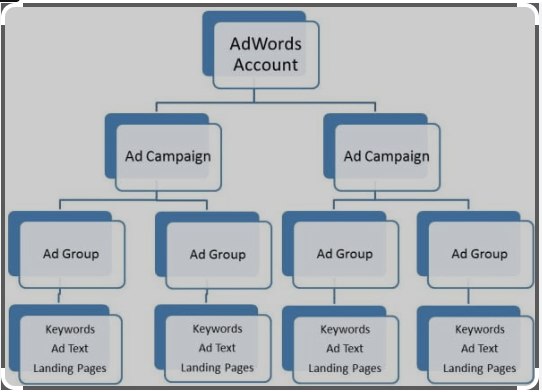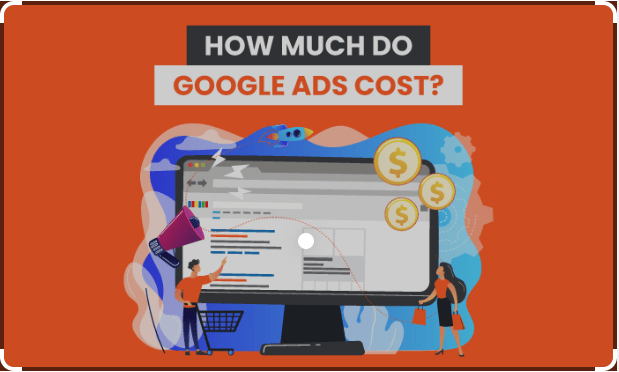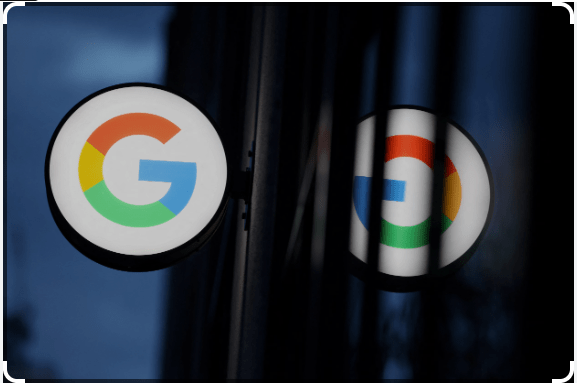Want to get the most out of your AdWords campaigns? Learn how to create and optimize successful campaigns on AdWords.com with this ultimate guide.
Introduction:
AdWords.com is a powerful advertising platform that can help businesses of all sizes reach and engage with their target audience. With AdWords, you can create and display ads to people who are actively searching for products or services like yours. However, creating successful AdWords campaigns requires careful planning, research, and optimization. In this ultimate guide, we’ll cover everything you need to know to create and optimize successful AdWords campaigns on AdWords.com.
Part 1: Understanding AdWords
Before we dive into the details of creating and optimizing AdWords campaigns, let’s start by understanding what AdWords is and how it works.
What is AdWords?
AdWords is an advertising platform created by Google that allows businesses to create and display ads on Google’s search engine results pages (SERPs) and on other websites across the web. AdWords uses a pay-per-click (PPC) model, which means that advertisers only pay when someone clicks on their ad.
How AdWords Works:
AdWords uses a bidding system to determine which ads are displayed on the SERPs and on other websites. Advertisers bid on keywords that are relevant to their business and target audience. When someone searches for a keyword that an advertiser has bid on, AdWords uses a complex algorithm to determine which ads are displayed and in what order. The algorithm takes into account a variety of factors, including the relevance and quality of the ad, the ad’s landing page experience, and the advertiser’s bid.
Part 2: Creating Successful AdWords Campaigns
Now that we understand how AdWords works, let’s dive into the details of creating successful AdWords campaigns. Here are some tips to help you create effective ads and drive better results:
Tip 1: Define Your Goals
Before you create your AdWords campaign, it’s important to define your goals. Are you looking to drive website traffic, generate leads, or increase sales? Defining your goals will help you create more targeted and effective campaigns.
Tip 2: Conduct Keyword Research
Keyword research is the process of identifying the keywords and phrases that your target audience is searching for. Use tools like Google’s Keyword Planner to find relevant keywords with high search volume and low competition. Use these keywords to create your ad groups and write your ad copy.
Tip 3: Write Compelling Ad Copy
Your ad copy should be clear, concise, and compelling. Use your target keywords in your ad headline and description to make your ad more relevant to your audience. Highlight the benefits of your products or services and include a strong call to action to encourage people to click on your ad.
Tip 4: Use Ad Extensions
Ad extensions are additional features that can be added to your AdWords campaign to provide more information to your audience and improve your ad’s performance. Ad extensions can include location information, phone numbers, links to specific pages on your website, and more. Using ad extensions can increase the visibility of your ads and provide more value to your audience.
Tip 5: Test and Refine Your Ads
Creating successful AdWords campaigns requires ongoing testing and refinement. Use A/B testing to experiment with different ad copy, images, and targeting options to see what works best for your audience. Continuously analyze your campaign performance and adjust your strategy as needed to optimize your results.
Part 3: Optimizing Your AdWords Campaigns
To maximize the results of your AdWords campaigns, you’ll need to continuously optimize your strategy. Here are some tips to help you improve your campaign performance and drive better results:
Tip 6: Monitor Your Campaign Performance
To optimize your AdWords campaigns, you’ll need to regularly monitor your performance metrics. Use Google Analytics and AdWords reporting tools to track your impressions, clicks, click-through rates (CTRs), conversion rates, and other important metrics. Identify trends and patterns in your data to identify areas for improvement.
Tip 7: Use Negative Keywords
Negative keywords are keywords that you don’t want your ads to appear for. For example, if you’re a vegan restaurant, you may want to exclude keywords like “meat” or “steak” to avoid showing your ads to people who are looking for meat-based restaurants. Use negative keywords to refine your targeting and improve the relevance of your ads.
Tip 8: Adjust Your Bids
AdWords uses a bidding system to determine which ads are displayed on the SERPs and on other websites. Adjusting your bids can help you improve your ad position and visibility. Monitor your competition and adjust your bids accordingly to stay competitive and maximize your results.
Tip 9: Use Remarketing
Remarketing is a powerful AdWords feature that allows you to display ads to people who have previously visited your website or engaged with your brand. Remarketing ads can be highly targeted and personalized, making them a great way to re-engage with people who are already familiar with your brand.
Tip 10: Continuously Test and Refine
To optimize your AdWords campaigns, you’ll need to continuously test and refine your strategy. Use A/B testing to experiment with different ad copy, targeting options, and bidding strategies. Continuously analyze your performance metrics and adjust your strategy as needed to optimize your results.
Conclusion:
Creating and optimizing successful AdWords campaigns requires careful planning, research, and ongoing optimization. By defining your goals, conducting keyword research, writing compelling ad copy, and continuously monitoring and refining your campaigns, you can drive better results and maximize your ROI on AdWords.com. Use the tips and strategies outlined in this ultimate guide to create and optimize your own successful AdWords campaigns.








